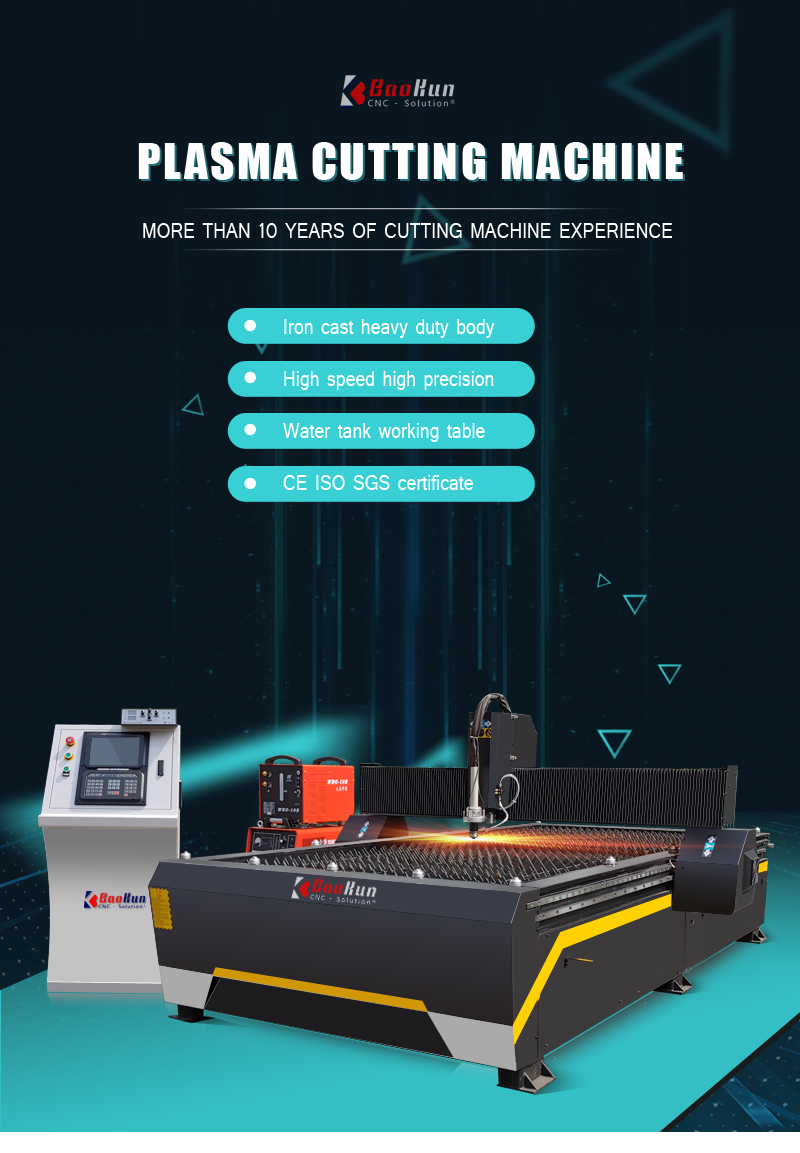4 Best Ways to Using Your Plasma Cutting Machine
Plasma cutting machines are incredibly powerful tools for cutting various materials. The basic gist of the process is that an electric spark is passed through a compressed gas to ignite that gas into reaching the fourth state of matter—the plasma state.
The plasma created by the cutting machine transfers an electrical arc between the cutter’s power supply and the material being cut, resulting in the generation of intense heat wherever the plasma touches the workpiece. Different plasma cutting machines will use different gases to create the plasma—some use the air in the shop, others use nitrogen or other consumable gases.
You can choose the most suitable machine in here.(链接)
Plasma cutting machines can provide incredibly precise, smooth cuts in a variety of materials without the bending or warping that often accompanies physical force-based cutting methods. But, what are the best uses for a plasma cutting machine in your shop floor?
1. Fabrication, Bending, Rolling, Welding
Plasma cutting is commonly used to cut profiles to be used in fabrication, including bending, rolling and welding. In the manufacture of large diameter pipe and section it is possible to plasma cut pipe end profiles, and partially cut holes and junctions from the flat plate material. Later, when the flat profile is then rolled and seam welded the formed pipe doesn’t require any further shaping, other than to fully cut the partially cut holes and junctions.
2. Machining
Plasma cut profiles are also a common stock material for further processing by a multitude of machining processes. In this instance Plasma cutting is acting as the bulk material removal process, providing the machinist with stock material that includes some machining allowance. It’s possible in many cases that profiles require minimal machining such as drilling and tapping after being plasma cut, this is due to the high level of accuracy and the quality of the cut edge that is achievable with plasma cutting.
3. Plough Grinding
In instances where the material being plasma cut needs increased flatness, plough grinding can be performed. This increases the flatness of the profile, whilst providing the added benefit of removing the material skin and cleaning up it’s appearance. Only the planar surfaces of the cut profile are processed during plough grinding, the cut edges are left unaffected.
4. Edge Preparation
A Tilting head or 3rd Axis on a CNC Plasma Cutting machine allows the creation of bevelled edges, contours or countersinks in the stock material, whether it be flat or of 3 dimensional section. This can be highly useful in instances where plasma cut pipes and profiles are designed to form angular junctions, or weld preparations are required. However, not all CNC Plasma cutting systems offer this 3rd axis, or tilting head, so it is common for profiles to go through an edge preparation process after Plasma Cutting. This can be applied along the long flat edge of a profile, or the contoured edge of a hole or slot formed in a pipe or section. Using CNC Edge Preparation a huge variation of preparation shapes can be achieved, as opposed to a simple angled cut possible with Plasma Cutting.


评论
发表评论